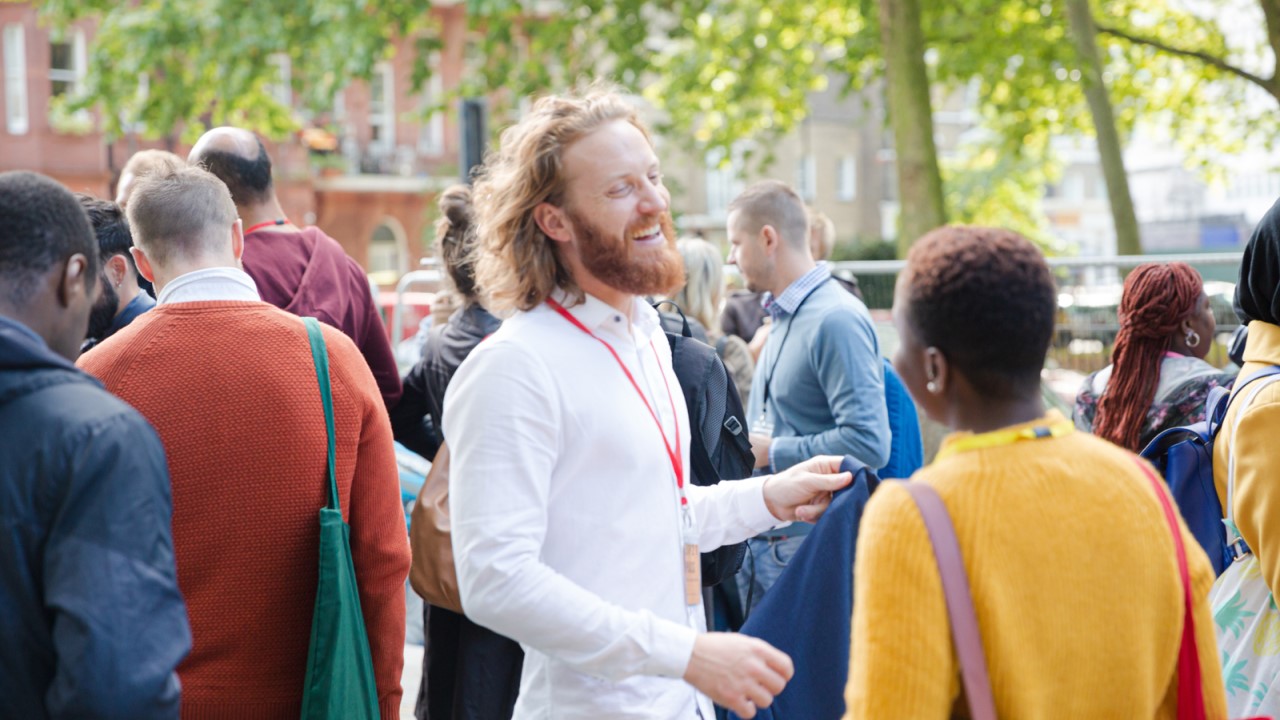
Tenet 9 of our ICMA Code of Ethics calls for keeping the community informed on local government affairs. As highlighted in the recent series, “Confronting the Local Government Trust Dilemma,” by Rick Davis, ICMA-CM, many local governments face trust deficits that can lead to community conspiracies, turnover, low voter turnout, and general upheaval.
Mr. Davis’s series began as I was preparing to write an article for ICMA about the challenges local government leaders face in applying Tenet 9. In an era where transparency tools such as websites, social media, and e-newsletters are often equated with community engagement, it’s vital to recognize the difference between transparency and true community connection.
While a social media following of 30,000 may seem like engagement, true connection requires much more. True connection demands meaningful, ongoing engagement that meets people where they are and brings their voices into the heart of decision-making. Recognizing the difference is the entire point of engagement: creating stronger communities through connection.
Why Engagement Matters
Community engagement fosters thriving, resilient neighborhoods. Engaged residents help shape policies and weigh in on challenging decisions, like regulating short-term rentals or constructing a new park, and then are more likely to trust the outcomes even when they don’t agree with the entirety of the recommendation. Engagement connects residents to the decision-making process, offers policymakers diverse perspectives, and fosters a sense of belonging. Additionally, face-to-face interactions with city staff build trust and dispel perceptions of city hall as an out-of-touch “ivory tower.” Understanding the importance of engagement is the first step, but the next challenge is developing a strategy to meet residents in spaces where they feel comfortable and heard.
Meeting People Where They Are
Effective outreach means meeting residents in their everyday lives and doesn’t rely solely on social media posts, government cable channels, or e-newsletters. While these may suffice for routine projects, meaningful engagement goes further. Beyond obvious outreach—such as online surveys or an announcement in the local paper—we need to ensure that residents see the people behind their government, ask questions, and provide meaningful input.
At your last community event, whether a concert in the park, a holiday tree lighting, or a parade, did you and your team have an opportunity to ask residents about park amenities or roadway conditions near the parade route? I have, at times, been hesitant to solicit feedback at events, fearing it might amplify unrealistic expectations. So how do you structure your outreach to avoid these pitfalls? With thoughtful preparation, outreach can transform these moments into opportunities for meaningful dialogue.
Preparing to Engage Your Community
What questions could you ask to gather actionable feedback that your agency can realistically implement? If this is your team’s first foray into community engagement, start small. Is there an organized activity or event at a park that you could attend, and ask attendees about something small, like overlays for existing sports courts to accommodate new activities like pickleball and paddle ball?
At a street fair, could you show off before and after pictures of the roadway (or a nearby street improvement project) and ask community members about their interest in litter cleanups or community planting projects to help keep the area clean? Consider visuals and tools that are approachable and invite feedback, such as historic photos, open-ended posterboards, or post-it notes for anonymous suggestions.
I was surprised to see a recent community branding kickoff where the consultants encouraged residents to select paint chips and music playlists to help get a feel for the personality of the community. Nothing says togetherness like a room full of strangers unconsciously singing Sweet Caroline under their breath as they wander from station to station. If your outreach venue is more of a traditional, sit-down meeting, you can use various free smartphone apps for instant-polling on options or sentiments.
Sustaining Engagement Efforts
Your initial engagement efforts won’t solve community trust issues overnight. Similarly, launching meaningful outreach for a major infrastructure project won’t suddenly change hearts and minds. But regular, incremental engagement helps community members connect with staff and helps keep staff grounded in their original purpose: service to others. It’s a chance for residents to meet city/county staff outside of paying bills or receiving tickets. It builds trust, humanizes city/county employees, and shows that their local government listens to individual needs. Engagement may reveal new supporters and opportunities to enhance the community’s quality of life.
It can be incredibly daunting for a new staff member to address upset park patrons over playground equipment removals, or attending a neighborhood watch group upset over a new property use in the area. Flexing those “listening muscles” is the first part of building trust and communication, though. It’s an opportunity for seasoned staff to lead by example in preparing for tough questions, modeling curiosity about residents’ concerns, and staying objective when different points of view are offered. This reflects a fundamental truth of engagement: people trust when they feel heard and trust is the foundation of collaboration.
Send staff (and yourself!) out first to listen to the concerns, complaints, and sometimes the compliments, and ask more questions to get to the heart of what your residents care about. When people feel they have been heard, they’ll be ready to start listening to options and offer recommendations for our policymakers to consider. While these tools and strategies can help kick-start engagement efforts, the true value lies in making connection and collaboration an ongoing priority.
Engaging with the community in the community—whether in parks, libraries, community events, or even their front yards—can ensure your outreach efforts are both effective and meaningful. These interactions do more than gather input; they offer moments that remind us why we chose to serve in local government: to positively impact lives.
Bonding with residents over an old school cover band at a summer concert or witnessing the joy of kids at a playground opening puts a human face on government. These moments foster trust and reaffirm that our work matters. Community engagement goes beyond policies and projects—it builds relationships and fosters a shared pride in our communities. By making engagement a fundamental part of our work, we not only embody good governance but also empower residents to shape their neighborhoods and transform public service into a shared journey of trust, collaboration, and meaningful impact.

SHANNON DELONG is assistant city manager of Whittier, California, USA.
New, Reduced Membership Dues
A new, reduced dues rate is available for CAOs/ACAOs, along with additional discounts for those in smaller communities, has been implemented. Learn more and be sure to join or renew today!
